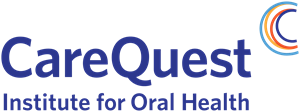
Did you know… rural Americans are at greater risk for premature death from five leading causes, including heart disease?
Call for Applications: Million Hearts® 2024 Hypertension Control Challenge
Million Hearts® is a national initiative to prevent 1 million heart attacks and strokes within 5 years. It focuses on implementing a small set of evidence-based priorities and targets that can improve cardiovascular health for all.
If you’re a rural healthcare professional, or represent a rural practice or health system with hypertension control rates of 80% or better, please consider applying for the “Challenge.” Moreover, colleagues with the Million Hearts program would welcome an opportunity to spotlight the success of a 2024 Hypertension Control Champion serving a rural community, as would we!
The Million Hearts® 2024 Hypertension Control Challenge recognizes and celebrates health care professionals, practices, and health systems that have achieved exceptional hypertension control rates of at least 80%. Practices and clinicians in the U.S. and its territories are eligible for possible recognition as a Champion. The submission deadline is April 5, 2024.



